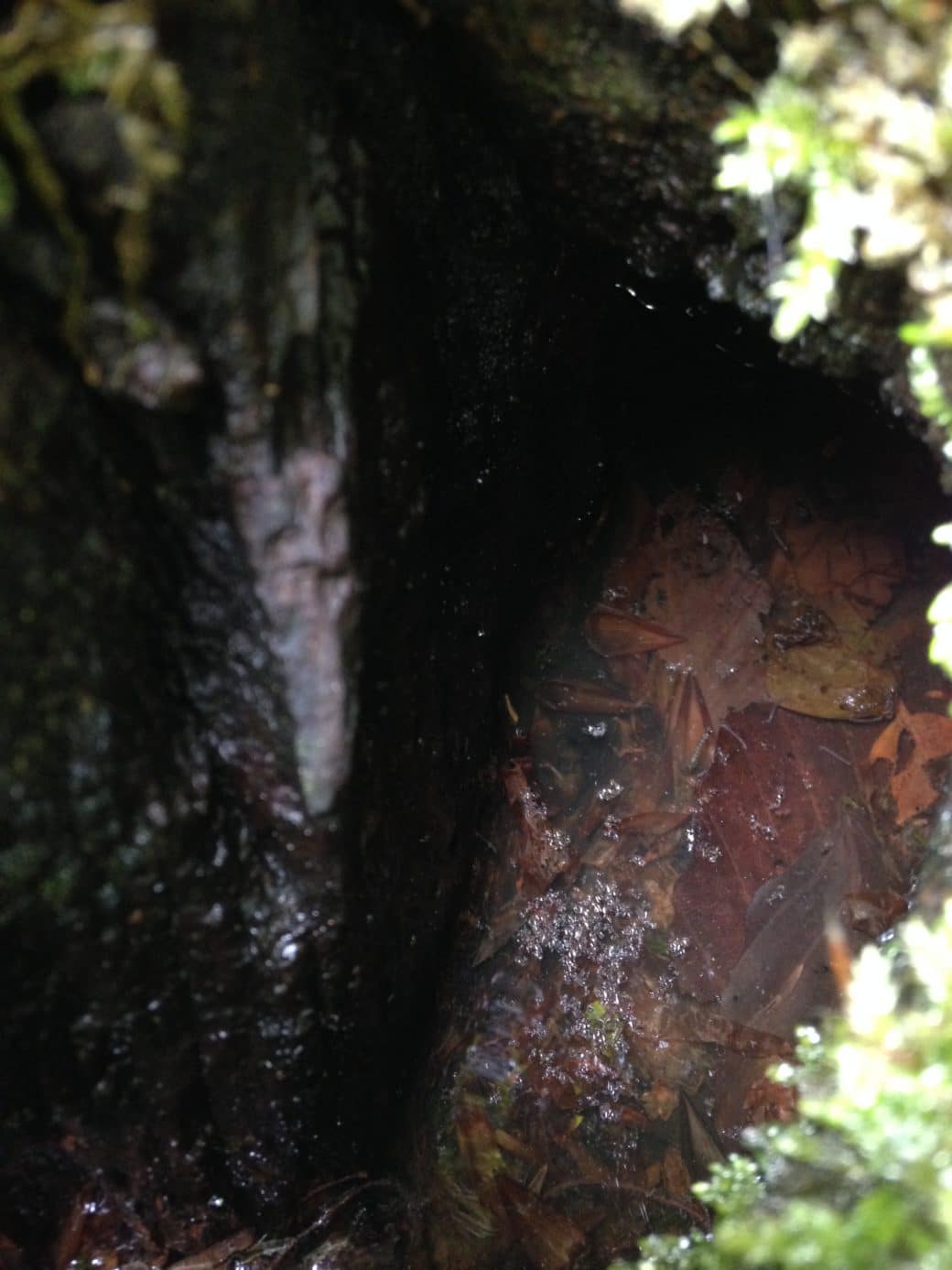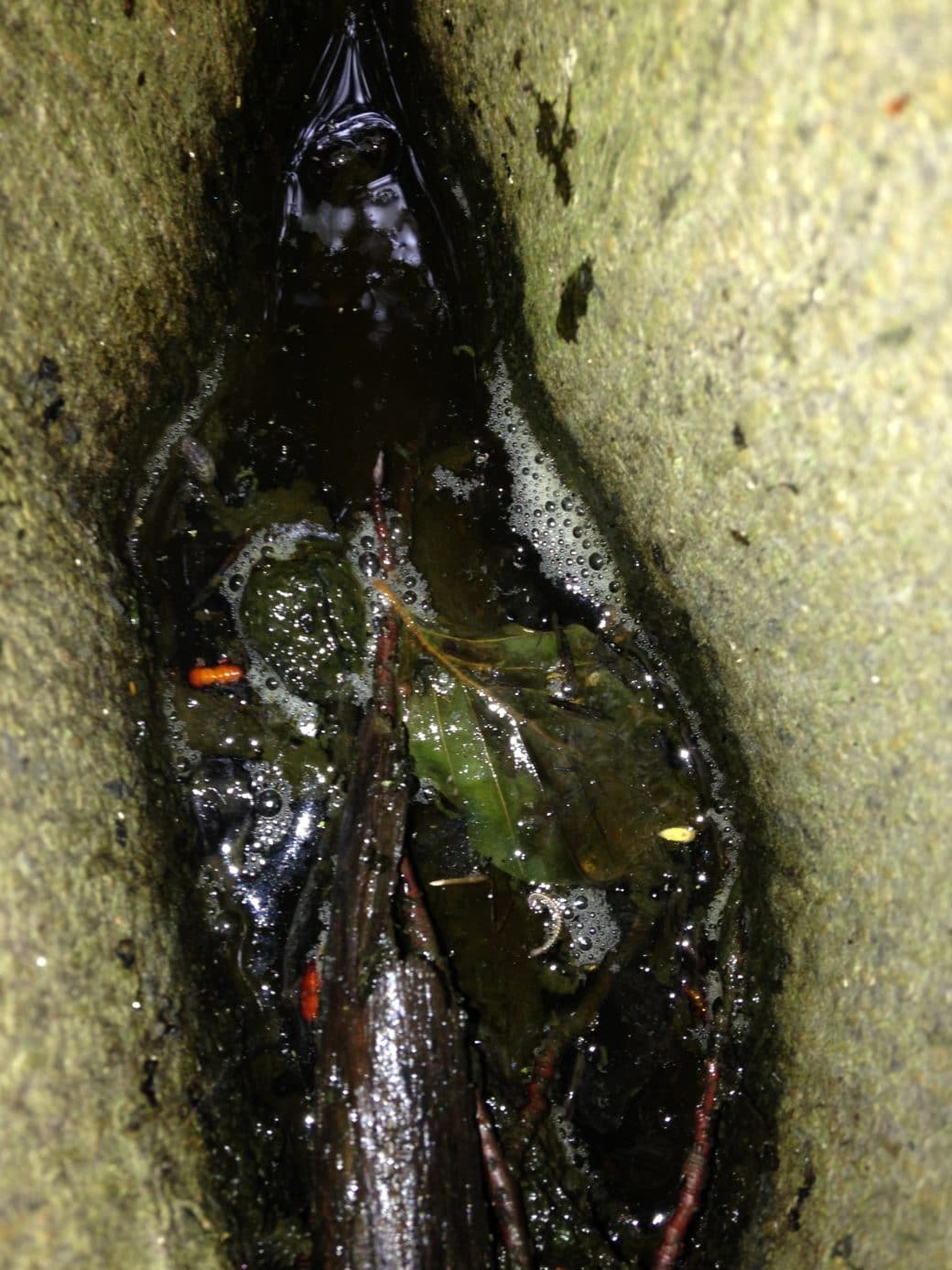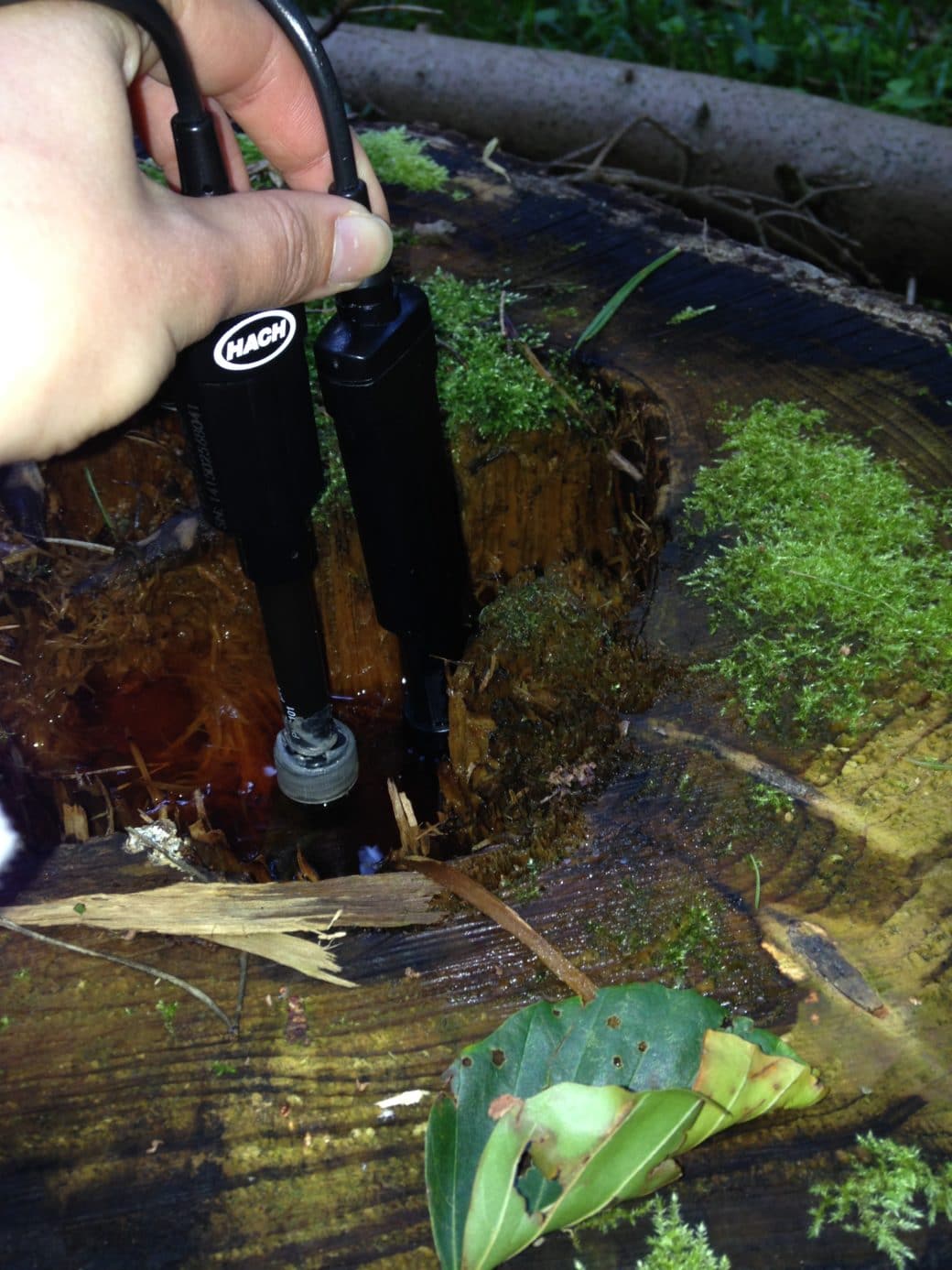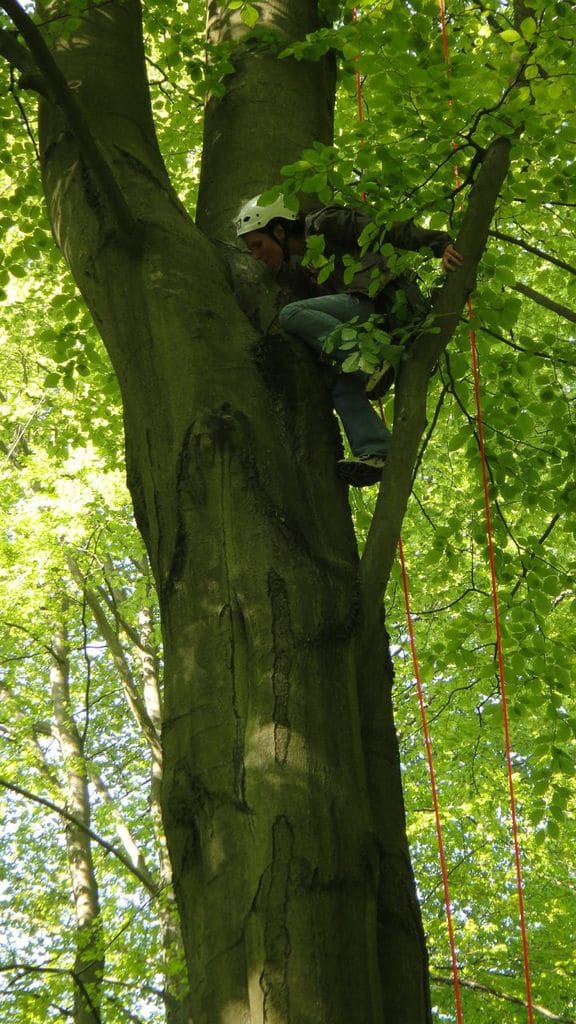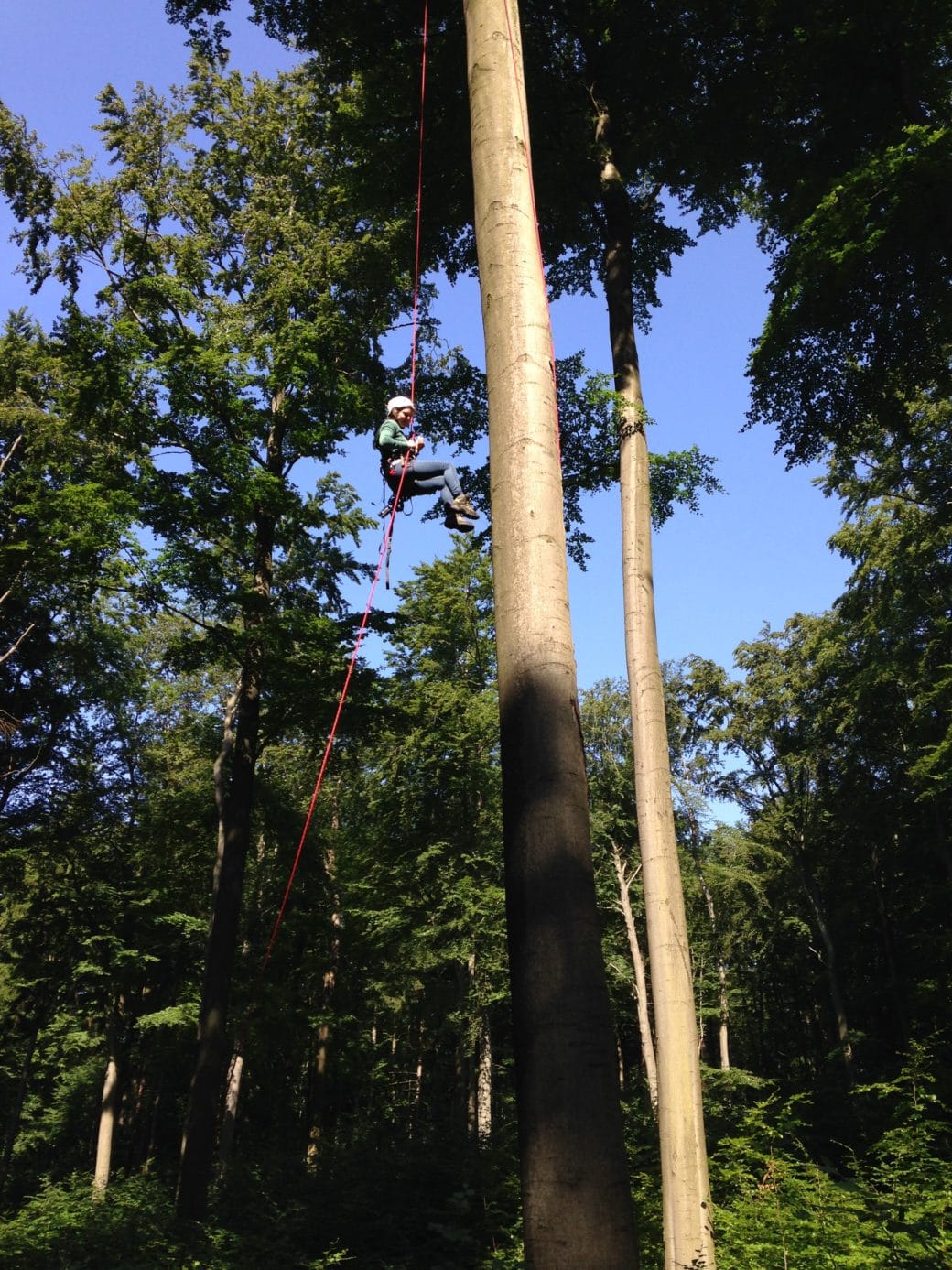Land use effects on patterns and processes in decomposer metacommunities in tree holes
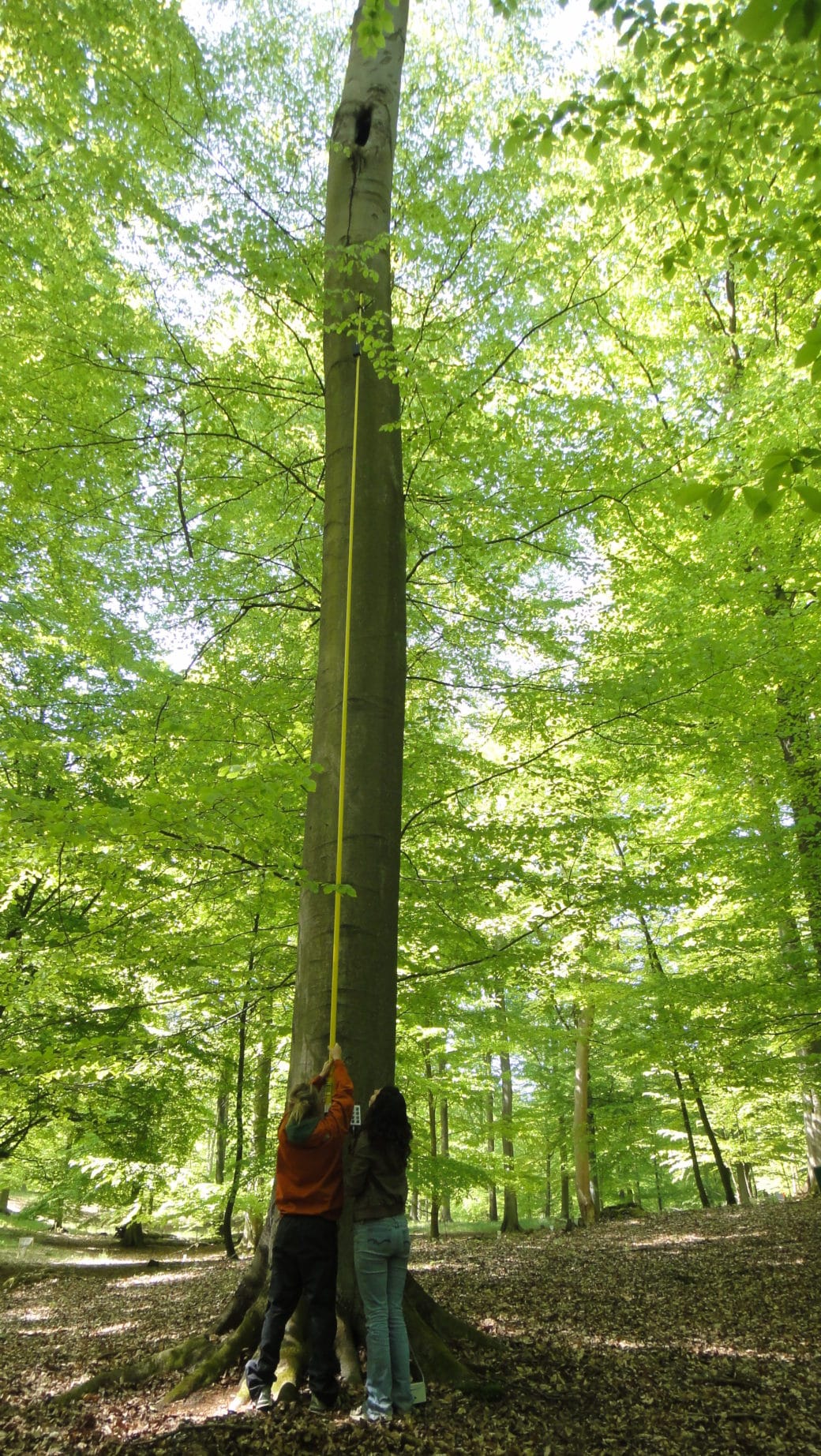
(1) Tree-hole occurrence and characteristics are strongly driven by forest management, mainly via differences in tree age, tree species composition and tree architecture.
(2) Tree-hole characteristics in turn are, together with resource input (which is also affected by land use), the strongest predictors of tree-hole metacommunity structure. These factors explain the expected community differences between different forest management types.
(3) Food-web structure in terms of trophic composition and biomass ratios differ between forest management types.
Tree holes can form by the way in which a tree grows or damage that has occurred to the tree. These tree holes may be able to retain water depending on their formation. In temperate climates these holes will often only be filled with water intermittently but still long enough to sustain aquatic life. Primarily the insects found in these holes are those with an aquatic larvae stage – midge, mosquito and some hover fly species. In temperate zones these phytotelms are mainly driven by bottom-up environmental factors. Land use will likely affect the debris that would collect in these holes therefore impacting the community structure. Additionally, land use can cause habitat fragmentation that may impact the dispersal of organisms between holes.
In the MetacommuniTree project all water-filled tree holes were mapped in 25 plots from each exploratory. Details of the tree hole, the host tree and location in the plot were recorded. From these holes located during mapping two holes were sampled in the tree canopy and two from the forest floor at each plot. Focus will be on the insect communities in water-filled tree holes, however, other organismal groups will also be sampled. In the following year we will investigate colonization and succession through the establishment of artificial tree holes.
